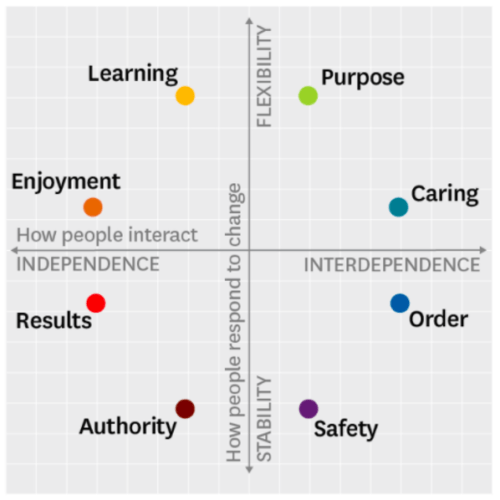How to Shape Company Culture
If there’s one major learning for companies during this pandemic, it’s this: Workplace culture is a powerful tool in creating strong connections and improving employee experience, especially among organizations which now struggle to manage the digital workplace.
Alarmingly, a study by Gallup shows that only 20% of the global workforce felt engaged at work over the past year. Our own LiveTiles Global Employee Experience Pulse Check 2021 shows us that 47% of employees surveyed are either “fed up”, “stressed” or “exhausted” at work. In addition, 43% of respondents indicate that they feel ignored or invisible.
Undoubtedly, culture has now become more tangible and managers are recognizing, some for the first time, the strategic importance of getting it right. As Peter Nguyen-Brown, Co-Founder & Chief Experience Officer of LiveTiles says, “In a virtual world we must be more prescriptive, and we must work harder on building trust and connectivity with our work colleagues.”
What is Corporate Culture?
Corporate culture is an elusive element of employee experience; a group phenomenon anchored on unspoken behaviors, mindsets, and social patterns. While top management formulates company goals based on corporate values, it is culture that expresses these goals and guides workforce activity and behavior.
Authors Groysberg, Lee, Price and Cheng of the Harvard Business Review define culture as “the tacit social order of an organization: It shapes attitudes and behaviors in wide-ranging and durable ways. Cultural norms define what is encouraged, discouraged, accepted, or rejected within a group.”
What are the Kinds of Company Culture?
Based on a review of related literature, the authors posit that culture can be determined by how people interact, cultures that value independence encourage autonomy, individual action, and competition; while cultures that value interdependence emphasize integration, relationship management, and group coordination.
Another factor affecting culture is response to change. Cultures that value stability tend to follow rules, reinforce hierarchy, and highlight efficiency; cultures that value flexibility prioritize innovation, diversity, and openness.
Thus the authors have identified eight different types of company culture:
- Caring, which highlights relationships and mutual trust
- Purpose, characterized by idealism and altruism
- Learning, focused on exploration, expansiveness, and creativity
- Enjoyment, which values fun and excitement
- Results, focused on achievement and winning
- Authority, characterized by strength, decisiveness, and boldness
- Safety, which highlights planning, caution, and preparedness
- Order, anchored on respect, structure, and shared norms
Source: The Harvard Business Review (January-February 2018)

How Do We Shape Culture?
To shape your company’s culture, first identify a culture that aligns with your company’s strategic direction. For example, if your goal is to build a stronger brand through customer satisfaction, you may express it thus: “As a company, we connect genuinely with our customers and serve them happily by actively seeking solutions to their communication problems.”
Next, identify your current culture and assess its impact on the company today. Identify your culture’s strengths and interview key stakeholders from different levels of the organization.
Don’t forget to assess external factors, both present and future, that may affect your strategic decisions. By doing so you will be able to determine which cultural styles need to be strengthened or dialed back depending on the circumstances.
Finally, translate the target as a priority for organisational change. It may mean creating a new position or department. Or it may mean adopting a new system to communicate better with employees and assure them of a voice.
Develop a Winning Culture
As companies navigate their way out of this pandemic, let’s use culture as a powerful tool to redirect our energies and motivate our workforce. Vanessa Ferguson, Senior Vice President of People and Experience at LiveTiles, notes, “If you’re working predominantly from your home, sitting in the same space for eight hours a day, you want to be enjoying what you’re doing and you want it to mean something. And usually, you want it to be connected to something bigger than just revenues for the company, whether it’s climate change initiatives or racial justice.”








